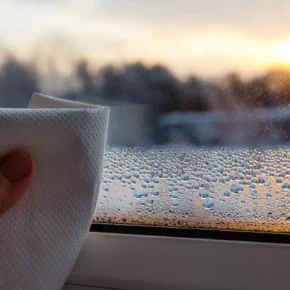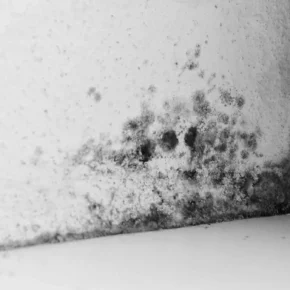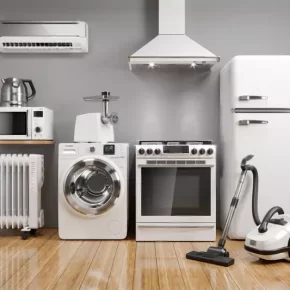High-quality ventilation is the key to a healthy microclimate in a private house. It helps to get rid of excess moisture, prevents the appearance of mold, provides fresh air and removes pollution.
Types of ventilation
- Natural ventilation
This is the simplest and most affordable way of air exchange. Air enters the house through gaps in windows, doors or special ventilation holes. - Advantages:
- Does not require additional equipment costs. Easy to maintain.
- Depends on weather conditions.
- Limited control over air quality and volume.
- Mechanical ventilation
Uses fans and other equipment to provide forced air exchange. It can be:- Exhaust (removes exhaust air).
- Tidal (supplies fresh air).
- Combined (provides both supply and exhaust).
- High efficiency.
- Independence from external factors.
- Requires power supply.
- Requires regular maintenance.
- Mixed ventilation
Combines elements of natural and mechanical ventilation. For example, window ventilation valves in combination with exhaust fans in the bathroom or kitchen.
Main ventilation zones
- Kitchen
A large amount of moisture, fat and odors are released during cooking. To do this, it is recommended to install an exhaust hood above the stove, which leads the exhaust air outside. - Bathroom
High humidity in this area contributes to the formation of condensation and mold. Here it is mandatory to use an exhaust fan. - Living rooms
Fresh air in bedrooms and living rooms can be provided with the help of supply valves or opening windows. - Basement and Attic
These are areas where ventilation is especially important to prevent moisture build-up and maintain optimal humidity levels.
Recommendations for effective ventilation
- Regular system maintenance
Exhaust fans, filters and other equipment require periodic cleaning and replacement. This ensures their efficient operation. - Installation of recuperators
Recuperators allow you to store heat during ventilation, which is especially important in the winter period. They reduce heating costs and increase the energy efficiency of the house. - Ventilation
Even in the presence of mechanical ventilation, do not forget to regularly ventilate the room. This will ensure a quick renewal of the air and a decrease in the level of carbon dioxide. - Humidity control
Use hygrometers to control the humidity level in rooms. The optimal indicator for residential premises is 40-60%.
Properly organized ventilation is not only comfort, but also a guarantee of the health of the residents of the house. When choosing the appropriate system, take into account the features of your home, budget and needs. Regular maintenance of ventilation equipment and compliance with recommendations will help maintain an optimal microclimate in your home throughout the year.















